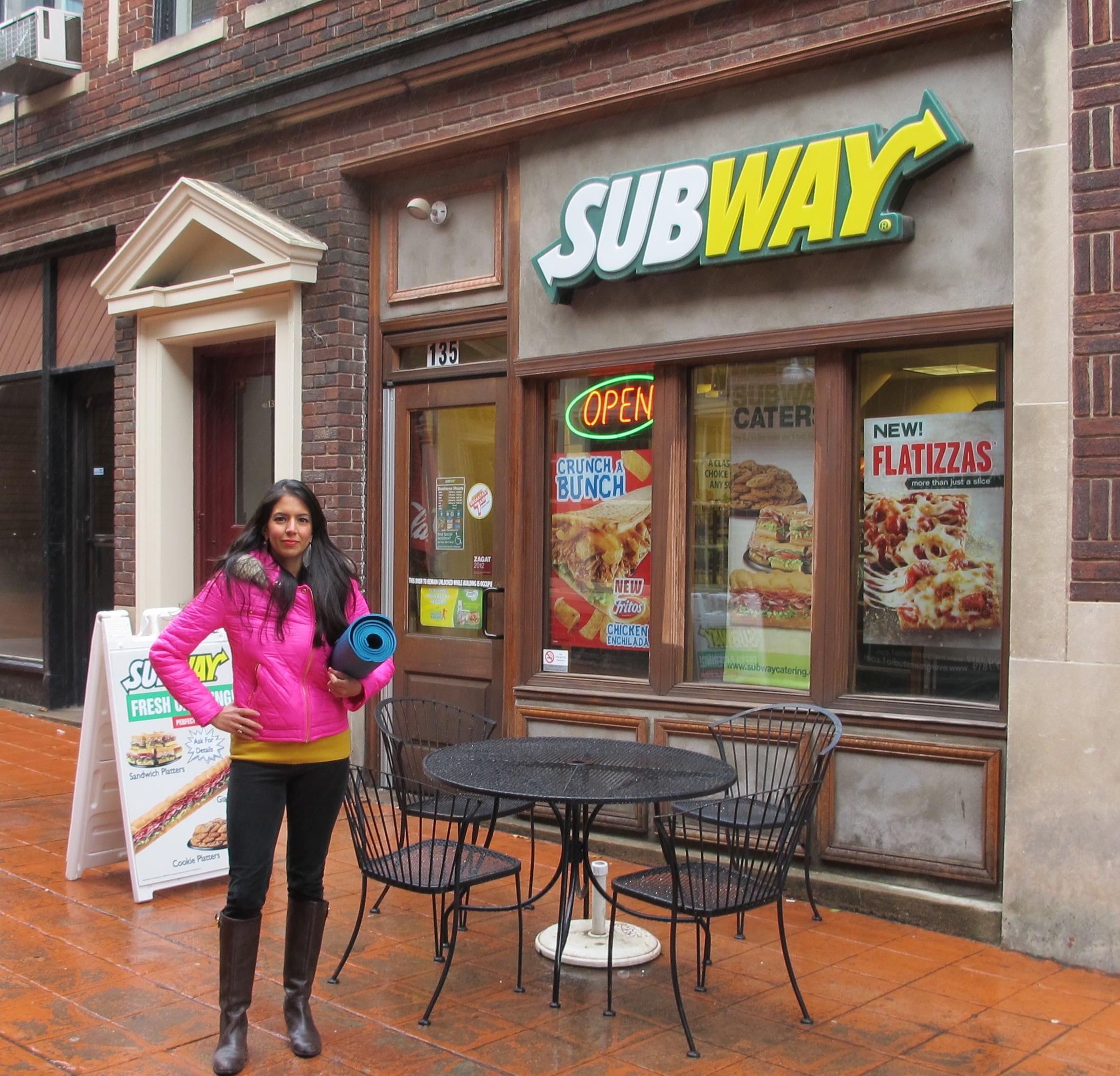Klaus Tenbergen, certified master baker, Culinology program director and associate professor in the Department of Food Science and Nutrition at California State University, Fresno, was speaking to us after Vani Hari (Food Babe) launched a petition linking the dough conditioner to possible health concerns such as asthma, and the Center for Science in the Public Interest released a statement soon after asking the Food and Drug Administration to ban or dramatically reduce allowed use of the dough conditioner.
“Advances in the understanding of the science behind bread-making processes have led to increasingly sophisticated additives,” Tenbergen said. “Properly used, dough conditioners help compensate for ingredient and process variability. But there is really no need to use this synthetic dough conditioner. Lecithin, gluten, ascorbic/citric acid and ginger work just as well.”
Azodicarbonamide is manufactured through a reaction of dihydrazine sulfate and urea under high temperature and pressure. Its industrial form (which is chemically identical to the food-grade form) is used for production of foam plastics like shoe soles and exercise mats. The FDA deems azodicarbonamide safe for use in cereal products and breads as a bleaching agent and dough conditioner (up to 45 parts per million), provided it is appropriately labeled. However, it has been banned in multiple other countries, as reports from the World Heath Organization linked the chemical to asthma and otherrespiratory issues, concluding that “exposure levels should be reduced as much as possible.”
CSPI echoed this statement in its letter to the FDA, noting "this is hardly a chemical that we need in our food supply."

Food Babe claims victory as Subway says it's in the process of phasing out azodicarbonamide
CSPI’s statement came a day after activist food blogger Vani Hari (FoodBabe) launched a asking all North American Subway sandwich chains to remove azodicarbonamide from their breads (it isn't used in Subway chains in Europe or the UK), citing the WHO reports and calling the chemical into question for its use in producing industrial foam plastic, like "yoga mats and shoe soles."
"Azodicarbonamide is not supposed to be food or even eaten for that matter. And it’s definitely not 'fresh,'" Hari wrote. "We deserve the same safer ingredients Subway serves in other countries."
The petition got more than 65,000 signatures in 24 hours, prompting the sandwich chain to announce it was removing the ingredient from its bread formulas. In an email on Feb. 5, Subway told us it had already begun phasing out the ingredient.
“We are already in the process of removing azodicarbonamide as part of our bread improvement efforts despite the fact that it is USDA and FDA approved ingredient,” a Subway spokesperson said. “The complete conversion to have this product out of the bread will be done soon.”
But Hari claimed victory for the move, issuing a statement this morning, calling it her fourth successful campaign in two years. (She has launched similar campaigns demanding removal of controversial ingredients by Kraft, Chipotle and Chick-fil-A.)
“This fast response from Subway indicates the untapped power of the consumer to change the food industry and I am so proud of our victory,” Hari said, adding she planned to keep the pressure on Subway, as it hasn't provided an official timeline for removing azodicarbonamide. “Make no mistake Subway is still currently using this ingredient and no one should eat there until it is actually gone And I (and everyone who signed the petition) will be holding them accountable for this change,” she added.
